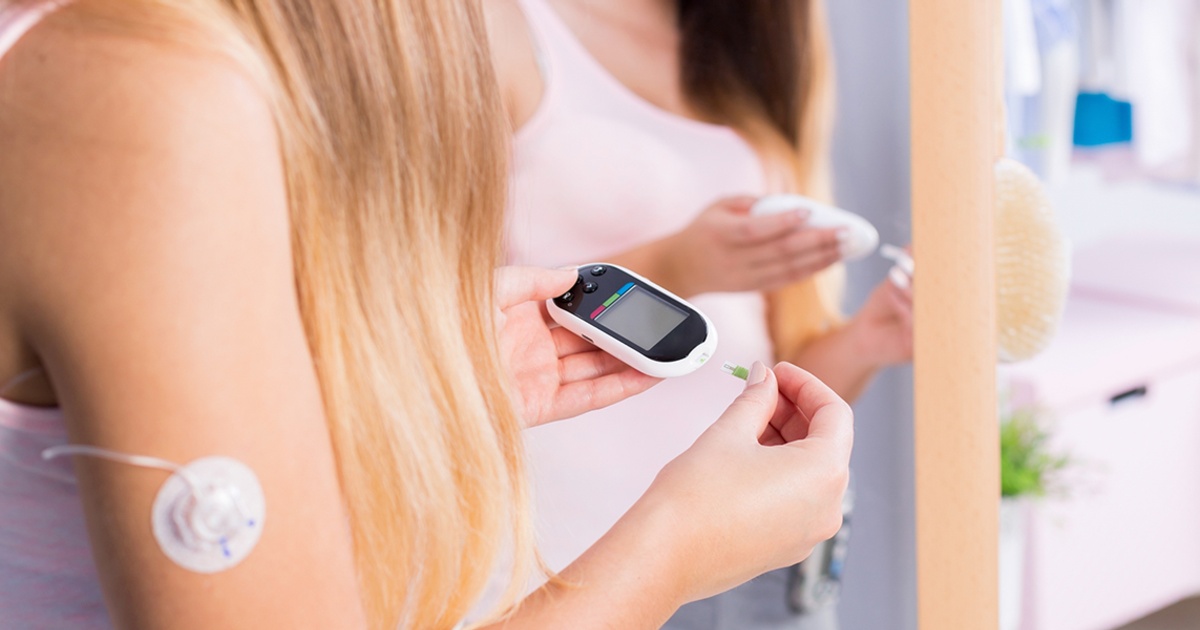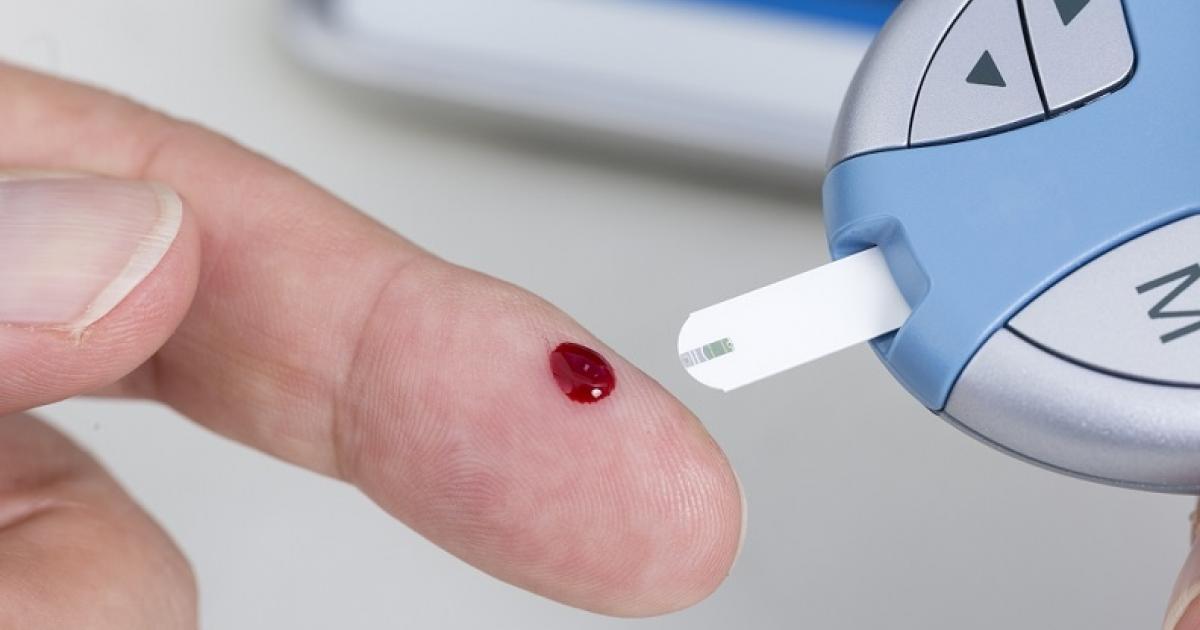What Is An Insulin Pump And How Does It Work?
Insulin is a glucose-regulating hormone produced by the pancreas. It allows the body to utilize dietary carbohydrates for energy. Insulin is needed to transport glucose, the body’s preferred source of fuel, to cells throughout the body where it can be immediately utilized for energy or stored for later use. It is also needed to prevent blood sugar highs and lows. Some patients with diabetes need to use an insulin pump to stabilize their blood sugar levels. Learn how it works now.
What Is An Insulin Pump?

An insulin pump is a small electronic device about the size of a deck of cards or a cell phone that delivers insulin directly to the body after meals are eaten. Pumps can be worn outside of the body, or they can attach directly to the skin. They deliver insulin through a small tube or needle. Pumps can also be connected to a belt or bra, carried in a pocket or on an armband, or worn around the waist with a pump case.
Continue reading to find out who needs and uses an insulin pump.
Who Uses An Insulin Pump?

Insulin pumps are needed for individuals with diabetes who have low levels of insulin in the body or do not respond to insulin properly. Type one diabetes is a condition in which the pancreas does not make enough insulin. People with type two diabetes produce insulin but their bodies do not utilize it properly, or they do not make enough. An insulin pump is a good alternative for those who need constant insulin injections as pumps are designed to monitor blood sugar levels on their own.
Discover how an insulin pump works and how it benefits those with diabetes.
